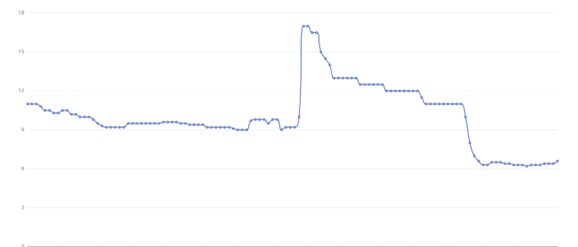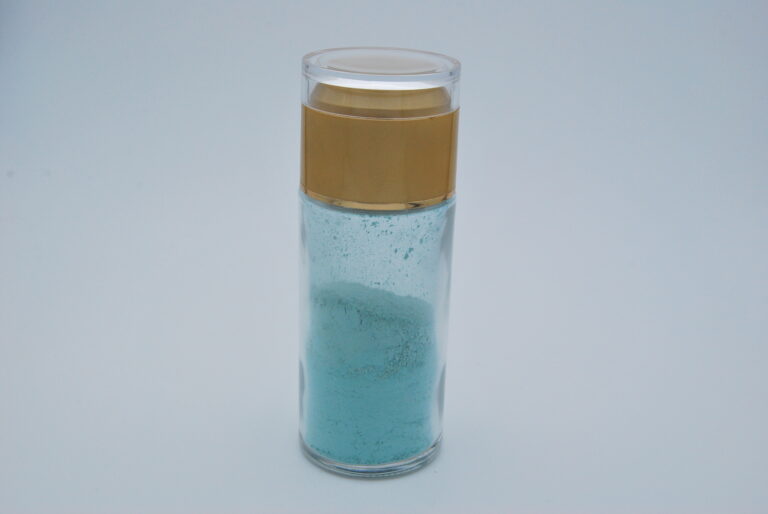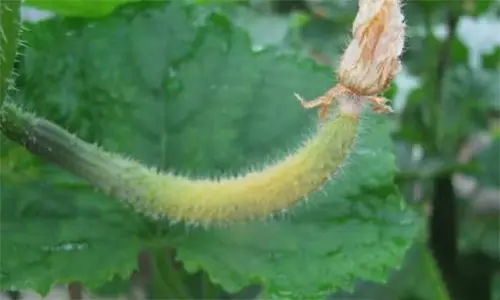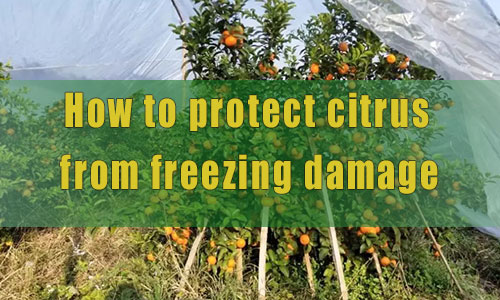July and August mark the peak season for fruit ripening. While protecting your grapes from pests and diseases, it’s crucial not to overlook bird control, as these little creatures can significantly impact your grape yield!
Birds often seem to understand the growth patterns of plants better than humans, especially when it comes to sweet fruits. There are two peak times during the day when birds pose the most threat: at dawn and around dusk. Sparrows and tits are typically active in the morning, while magpies and bulbuls are more likely to cause damage in the evening.

1. Scarecrows and Moving Objects
Using scarecrows or placing moving objects in the field is one of the oldest bird repellent methods. By tying cloth strips, plastic sheets, reflective tapes, or colorful ribbons to poles, you can leverage the wind to scare away birds that try to feast on your fruits.
Drawback: Birds are smart, and these methods usually only work for a few days, making them unsuitable for long-term use.

2. Chemical Bird Repellents
Chemical bird repellents can be applied to specific areas or sprayed onto surfaces. These repellents slowly release a scent that affects the nervous and respiratory systems of birds, causing them to fly away and not return for a while.
Drawback: This method requires specific weather conditions, such as certain temperatures, direct sunlight, and light winds. Ineffective weather can greatly reduce its effectiveness.


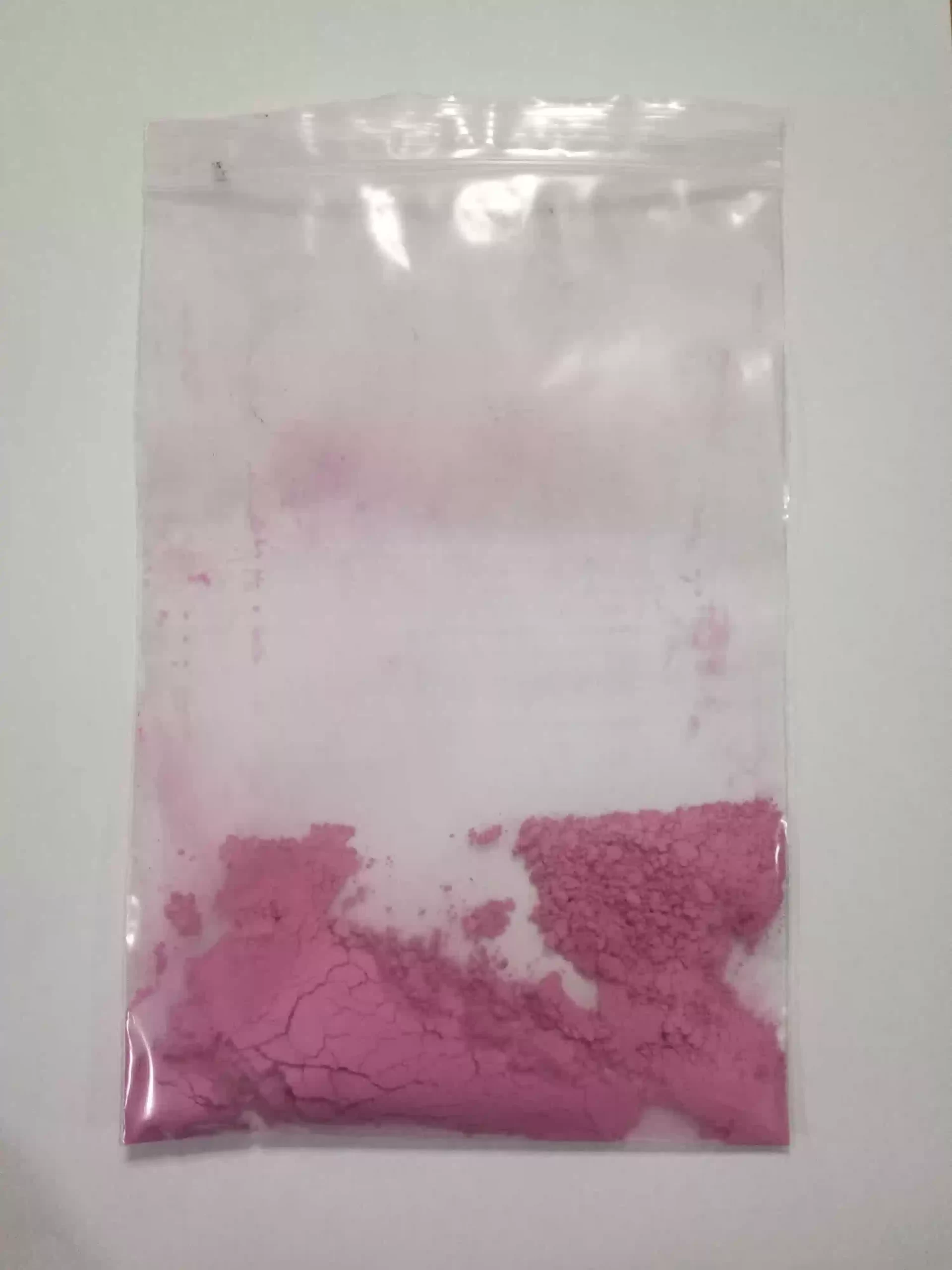
3. Bird Repellent Devices
These electronic devices mimic the sounds of bird predators. Each model is typically designed to emit a specific sound that scares away birds.
Drawback: Birds can quickly adapt to the sound, making this method ineffective for long-term use.
4. Fruit Bagging
Bagging fruits is a simple bird repellent method that also helps protect against pests and diseases. Given the increasing severity of bird damage in recent years, using high-quality paper bags or nylon mesh bags can prevent small birds from pecking at your fruit.
Drawback: This method may not be effective against larger birds, like magpies and crows, which can tear through the bags. In these cases, additional measures may be needed.

5. Bird Netting
Bird netting is the most effective method for preventing bird damage. These nets, made from polyethylene, cover the entire orchard, providing a physical barrier against birds.
Birds are sensitive to certain colors, particularly blue, orange, and yellow. Different colored nets can have varying degrees of effectiveness in repelling birds.


